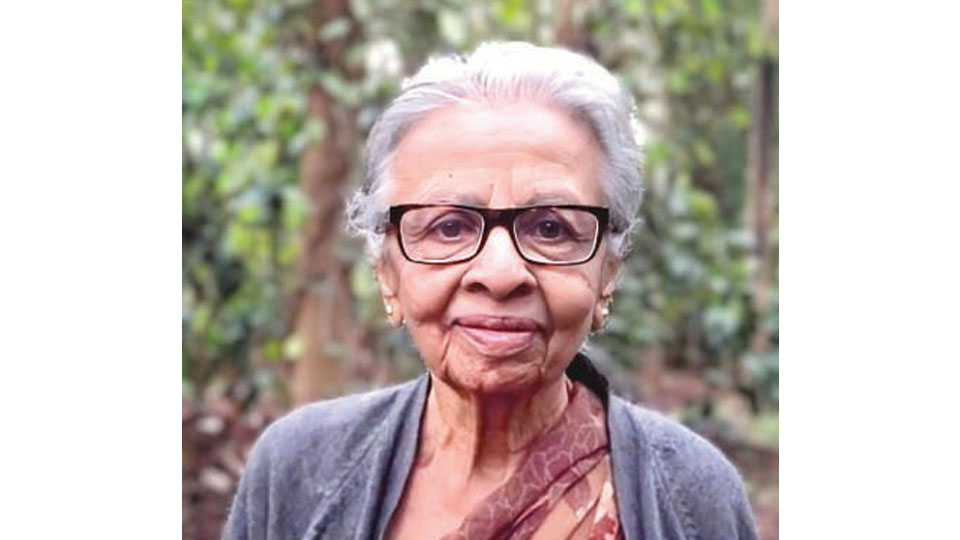“Priya the Jungle Dancer” by Sathya Achia and illustrated by Janan Abir is a story that explores the unbreakable bond and love between children and their grandparents.

“Priya the Jungle Dancer” by Sathya Achia and illustrated by Janan Abir is a story that explores the unbreakable bond and love between children and their grandparents.
It also introduces the readers to the nature-loving culture of the Kodava community of the Coorg region in Karnataka. Their love for nature gets manifested through their folk music and dances like “Ummathat” in which women wearing colorful dresses and jewelry honor River Kaveri for helping them sustain life.
This way the book teaches young readers numerous lessons about familial bonds, appreciating nature, and being brave in tough situations like Priya, the protagonist.
The story starts with Priya rehearsing for her dance performance through a video call with her grandparents (Thatha and Thaye) who live overseas in a village near a Jungle in India. Her grandparents are assisting her in learning some graceful and enthralling dance moves which are inspired by their experienced observation of the jungle around them.
The author describes the dance steps by using various evocative similes which create an enigmatic imagery of the free-flowing nature in the minds of the reader. As ‘Thatha’ (grandfather) topples his tabla, he sings along to his little granddaughter to dance like the fierce monsoon rains, remain strong like a palm tree in a storm, and be determined like a growing lotus. This way, they remind Priya that she is an inherent jungle dancer and does not have to feel scared or hesitant about her performance.
The story evocatively portrays how customs and values are passed across generations. The heartwarming story is drawn from the childhood experience of the author who shared a close bond with her own Thatha and Thaye.
Though her grandparents lived oceans apart, she shared a strong and endearing relationship with them. Adding to the charm of the story are the beautiful illustrations that take the reader along in Priya’s dance endeavor. The illustrations deserve appreciation for giving attention to the minutest details, particularly in showcasing Priya’s traditional costume. The use of childhood pictures of the author also adds to the story’s fascinating nature, making it a more realistic and authentic experience for the readers.
The story in short acts as a gentle reminder to young children to explore one’s roots by interacting with their grandparents who are nothing less than a treasure full of experiences.
The book is priced at Rs399 and is published by Adidev Press.
source: http://www.thestatesman.com / The Statesman / Home> Features / by Shreya Bansal, New Delhi / July 08th, 2024
